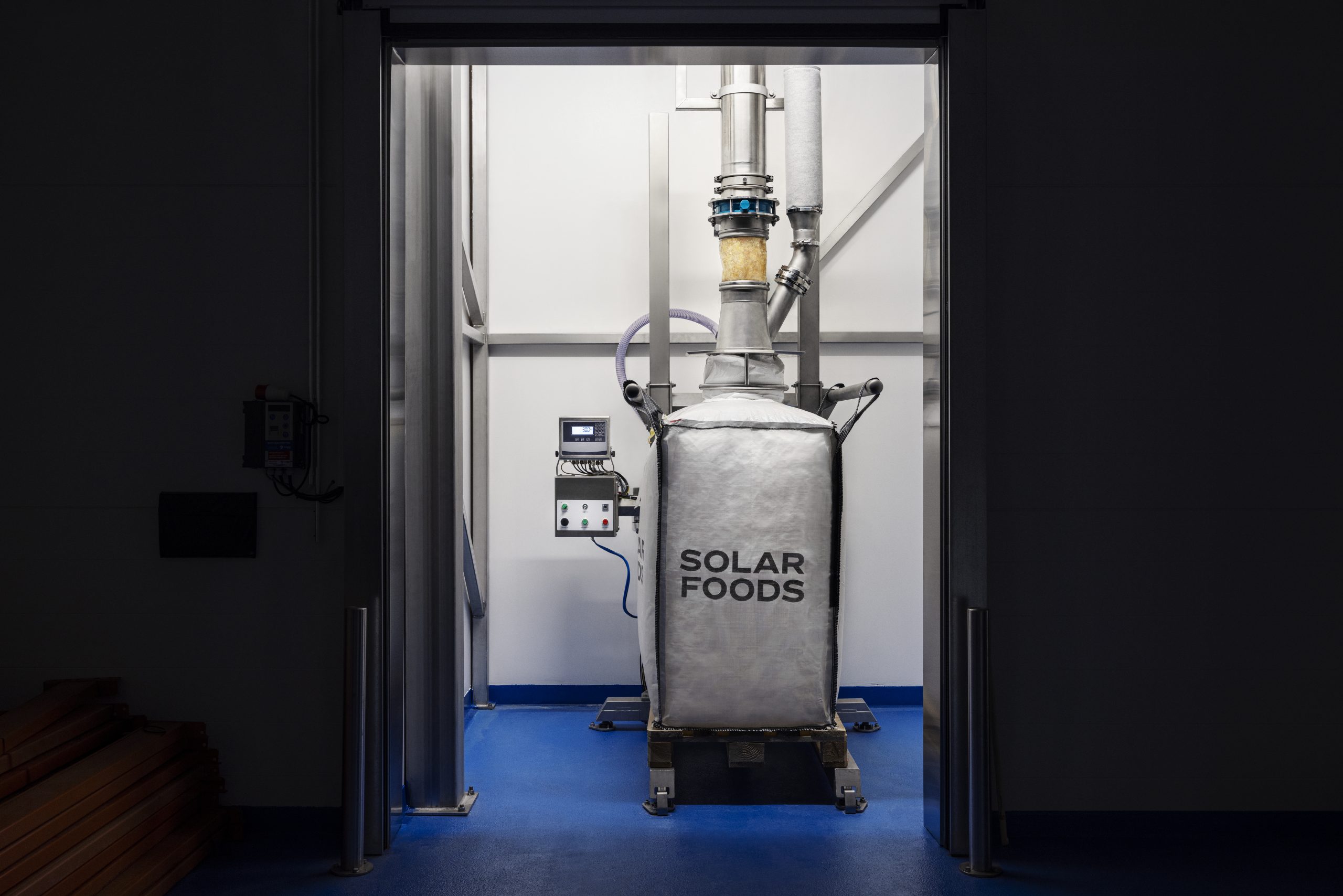How urban agriculture is changing our relationship with food – for good.
Casey Miner | July/August 2010 Issue
Dave Bell still remembers the tomatoes that changed his life—gorgeous, almost iridescent tomatoes glowing on a shelf at the Liberty Heights Fresh food market in Salt Lake City, Utah. Dave and his wife, Jill, who were just dating at the time, often shopped at the market and they asked the owner, Steven Rosenberg, where the tomatoes came from. Europe, he told them. Farmers grew them in hothouses.
Dave thought that sounded crazy. The costs of growing, the energy use, shipping the tomatoes across the world on a plane—how could that be sustainable? He and Jill asked Rosenberg if anyone grew tomatoes locally. I wish, Rosenberg said. I’d buy everything they grew.
Dave and Jill went home that night and opened a bottle of wine. “I looked at her, she looked at me,” Dave recalls, “and I said, ‘Want to start a farm?’”
That was in 1998. Feeling inspired but without much land or experience, the couple bought a house with a half-acre yard and started growing some vegetables. Twelve years later, the Bells employ six part-time workers to help them farm 17 acres of land in Salt Lake City, and are in discussion with the county about leasing land that would allow them to expand to 40. They sell food to local restaurants and markets, including Liberty Heights Fresh. And they run a community-supported agriculture (CSA) program that this year will supply 400 local families with boxes of fresh produce each every week.
Spread out across the city on three lots—a one-acre plot, a five-acre plot and an 11-acre plot—their farm is surrounded on all sides by condos, office buildings, shopping centers and apartments. “It’s not exactly super-convenient,” says Dave, “but that’s just how it is.”
If the ’60s was the decade when back-to-the-landers fled cities for farms, the ’10s is the decade when they—or, more likely, their offspring—are coming back. There is no official count of how many urban farms exist in America, but agricultural entities like the Bells’ have counterparts across the country. Urban farmers work in Houston, Dayton, Chicago, Milwaukee, New York, Oakland, San Francisco, Detroit, Portland, Kansas City, Pittsburgh, Los Angeles and Seattle, to name just a few. Location matters, and the farms’ business models are different, but they have two things in common: They are committed to feeding their communities with fresh, sustainable food, and they insist on establishing themselves as normal features of city life.
And the urban population wants them. Over the past years, interest in farming and food production by city-dwellers newly fascinated by the origins of their meals has exploded. Books like Michael Pollan’s The Omnivore’s Dilemma and documentaries like Food, Inc. have revealed the environmental and health costs of a centralized, corporate-controlled food system; writing about one’s adventures in local eating is a cottage industry; backyard vegetable gardens and chicken coops are all the rage; and farmers’ markets have never been more popular (the U.S. Department of Agriculture estimates the number nationwide to be more than 5,000 and counting).
But there is a big difference between planting a few carrots and trying to feed a community. And as the world’s population becomes increasingly concentrated in urban centers, the question of how to feed all those people becomes more pressing. Urban farmers don’t necessarily come from agricultural backgrounds; many of them, like the Bells, fell into their work almost by accident. But after a few years finding their feet, they are positioned to dig in, as it were, for the long haul.
Given the economic climate, making a long-term investment in a farm might seem risky. But it is a gamble these new farmers are willing to take. At a time notable for downsizing and cutbacks, many urban farmers are scaling up. City land, normally considered most valuable for building, remains unsold, and many local governments are willing to lease land to farmers for at least a few years.
In the long term, nothing is guaranteed: The economy might pick up; cities might take back the land; devotion to local food might go the way of the Atkins diet. But if the farms can sustain themselves as businesses, and prove they can feed their communities, they may change our relationship with food for good.
Standing in one of his fields and talking on a cellphone one spring day, Dave Bell rattles off a list of crops for sale. “Right now,” he says, “I’m looking at broccoli, cabbage, kale, kohlrabi, fava beans, peas, onions, shallots, leeks, garlic, celery, bok choy, spinach, carrots, beets, turnips, mustard, arugula, chard, 10 varieties of peppers, 40 varieties of heirloom tomatoes.” That is just the beginning.
It is an impressive list for someone who says he fed himself throughout his early adulthood on cheap packaged food. Though farming was in his family—his grandfather had grown up on a farm in northern Utah—Dave had never worked the land. He was into rock climbing and real estate and over the years had held any number of jobs, from building scaffolding to working on television shows. But he always wanted to be his own boss, and when he and Jill started their garden he quickly found he liked the farming lifestyle. At the time, he says, their project didn’t have nearly the cultural cachet it has now.
“When we started, the fact that we were local was not that sexy,” he says. “It was very important that we were organic, but back then there was still this romantic notion of food from faraway places. It wasn’t until five or six years ago that we saw a real paradigm shift.”
The difference between how people react to the idea of urban farming now and how they reacted even a few years ago is dramatic, says farmer and writer Novella Carpenter. For the past several years, Carpenter has run a small farm out of her backyard and an adjacent vacant lot in a rundown neighborhood in Oakland, California. In addition to vegetables, she has kept bees, rabbits, goats, ducks, chickens, turkeys and pigs in her small space.
She used to have to explain herself constantly. Now, she says, “people get it.” More people understand the idea of a “food desert” (an area devoid of grocery stores and fresh produce) and are concerned about “food miles” (how far food travels to reach a supermarket). They want to know where their food comes from—and all the better if they don’t have to give up their city life to find out.
Like many urban farmers, Carpenter started her project to see if she could feed herself. Before long it became about feeding her neighbors, then seeing if she could make enough money to buy food for her animals. Now, she says, production on her lot is “maxed out.” So she’s trying to figure out how to expand—a situation in which many urban farmers find themselves.
“Urban farming started with non-profits,” says Carpenter. “And then there were the people who were backyard hobbyists like me. Now I see more and more people trying to make money doing urban farming. They’re seeing it as a for-profit business.”
Around the country, other urban farmers are trying to find their own business models as they attempt to keep up with ever-increasing demand for their wares. In New York City, Annie Novak and Ben Flanner installed a farm on the roof of a warehouse in Brooklyn. Across the bay from Carpenter in San Francisco, Brooke Budner and Caitlyn Galloway have turned their personal backyard project into a business supplying city caterers with specialty greens and herbs. And in Kansas City, Missouri, Brooke Salvaggio and her husband are about to move what started as a personal food supply effort to a 13-acre lot about seven miles from downtown.
“I think urban farming is kind of at the stage of organic farming in the late 1960s,” says Carpenter. “People don’t really have enough to sell but they’re kind of starting to, and they’re starting to get production methods figured out, as well as distribution and all of that stuff. It’s very nascent. But it feels like it’s going to grow.”
Despite the excitement about diving into the dirt, the process of scaling up is not without its hiccups. It remains difficult for farmers to support themselves exclusively on farm work. Dave Bell still dabbles in real estate; Carpenter writes and works part-time at a biofuel station; and they, along with many other urban farmers, teach farm skills classes to supplement their incomes. Even those who make enough money to cover expenses don’t turn a profit; the money, they say, goes right back into maintaining and expanding the farms.
“This has to be financially sustainable if it’s going to be culturally sustainable,” says Brooke Budner of San Francisco’s Little City Gardens. “We don’t pay ourselves very well at all. We’re excited, and we have a business plan and it feels like we’re going to be able to do it. But we don’t know yet.”
If the movement feels as though it could be sustainable, it is in large part because the farmers have found such enthusiastic support in their communities. People aren’t just interested in buying local produce; they want to know how to grow it themselves. Kansas City farmer Brooke Salvaggio says she can barely keep up with the demand for classes she and her husband offer on backyard gardening, canning, preserving and other home skills. That wasn’t the case a few years ago.
“At first it was just a niche crowd,” she says. “People thought they didn’t have time to do this kind of stuff.” But the combination of a poor economy and the support of high-profile gardeners like First Lady Michelle Obama, she thinks, has motivated people to try growing food for themselves.
“Our thing is, we love growing food for people, and we love feeding people, but I would love to see people feed themselves,” says Salvaggio. “The greater goal is to pass on these skills and empower people so we can create a more sustainable system.”
And it’s that kind of contract with the community, say the farmers, that will ultimately determine whether or not urban farming is here to stay. Katherine Kelly, who runs the Kansas City Center for Urban Agriculture, says that the better integrated a farm is into the fabric of city life, the more likely it is to have staying power.
“Gardening and farming are things that people generally learn from neighbors, mothers, aunts, cousins. And they need that kind of role modeling,” she says. “If you have a community of practitioners, you have people you can run into at the market and swap stories. You feel reinforced.”
For his part, Dave Bell says he and Jill are doing what they can to support other people who have developed an interest in farming. That support is already paying off. One man who came to the farm as a volunteer has now started his own chicken business. The Bells have given him space on their farm to raise the birds. “I don’t think everyone’s going to go running back to the agrarian lifestyle,” says Dave Bell. “But people are realizing it’s an option.”
In the meantime, the established urban farmers will do what they do best: Put down roots in their communities and cultivate them until they thrive.
Casey Miner would like to report, in the interest of full culinary disclosure, that she worked for Michael Pollan and volunteers with an urban farm non-profit in Oakland.











